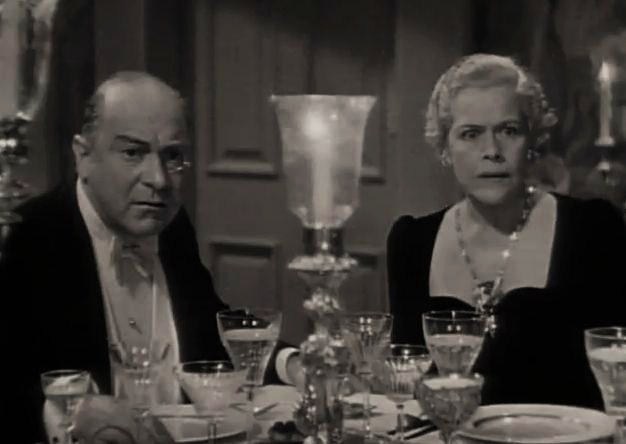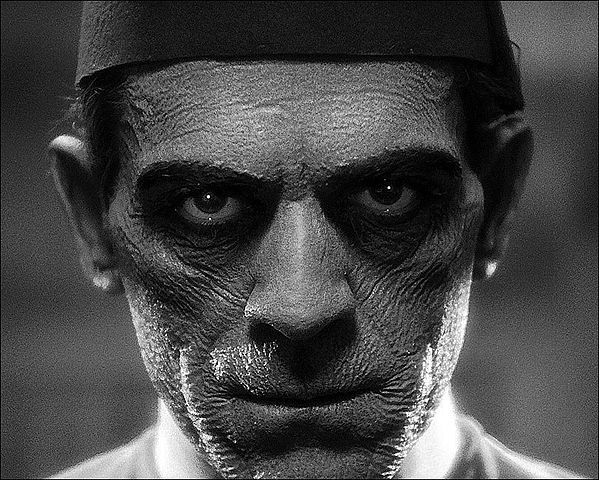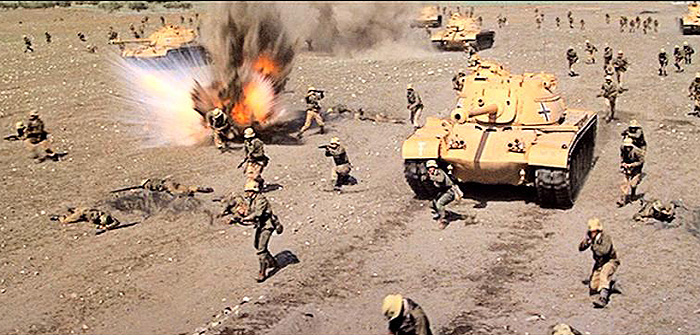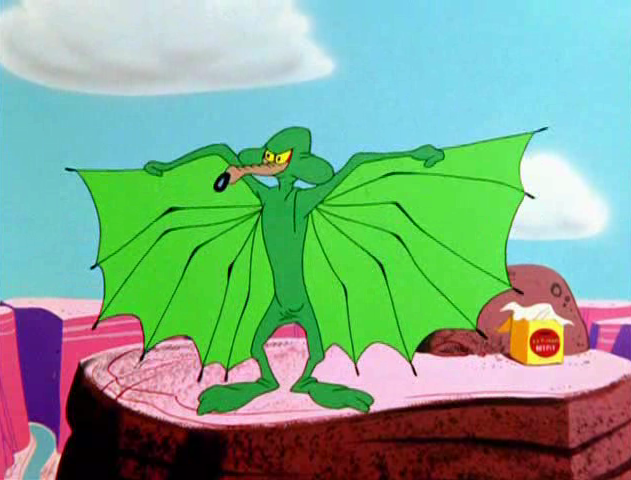
mournival
n. a set of four things or people
luculent
adj. of compositions: brilliant, admirable; hence of a writer or orator
chrysostomic
adj. golden-mouthed
palmary
adj. holding the first or highest place; pre-eminent; excellent

mournival
n. a set of four things or people
luculent
adj. of compositions: brilliant, admirable; hence of a writer or orator
chrysostomic
adj. golden-mouthed
palmary
adj. holding the first or highest place; pre-eminent; excellent

In a review for the New Yorker in 1959, film critic Kenneth Tynan mistakenly referred to “the late Eric Blore,” and the magazine’s famously vigilant fact-checking department failed to note that the English comic actor was still alive.
Blore’s lawyer demanded a retraction, and a chastened Tynan prepared an apology, which was scheduled to appear in the following issue.
After that issue had been printed, though, the actor really did die … so while that day’s newspapers were reporting Blore’s death, the New Yorker was apologizing for saying he was no longer alive.
(Thanks, Johnny.)

James Riffel’s 1991 film Night of the Day of the Dawn of the Son of the Bride of the Return of the Revenge of the Terror of the Attack of the Evil, Mutant, Alien, Flesh Eating, Hellbound, Zombified Living Dead Part 2 in Shocking 2-D spawned three sequels: Night of the Day of the Dawn of the Son of the Bride of the Return of the Revenge of the Terror of the Attack of the Evil, Mutant, Hellbound, Flesh-Eating Subhumanoid Zombified Living Dead, Part 3 (2005), Night of the Day of the Dawn of the Son of the Bride of the Return of the Revenge of the Terror of the Attack of the Evil, Mutant, Hellbound, Flesh-Eating Subhumanoid Zombified Living Dead, Part 4 (2005), and Night Of The Day Of The Dawn Of The Son Of The Bride Of The Return Of The Revenge Of The Terror Of The Attack Of The Evil, Mutant, Hellbound, Flesh-Eating, Crawling, Alien, Zombified, Subhumanoid Living Dead — Part 5 (2011).
The 2015 direct-to-video film The Scorpion King 4: Quest for Power is the sequel to the sequel to the prequel to the prequel to the sequel to the remake of Universal’s original 1932 The Mummy, starring Boris Karloff.
“Certainly I was typed,” Karloff said of his long career in horror. “But what is typing? It is a trademark, a means by which the public recognizes you. Actors work all their lives to achieve that. I got mine with just one picture. It was a blessing.”
https://www.youtube.com/watch?v=IUFYSWh2RqE
The Ironman Heavymetalweight wrestling championship operates under 24/7 rules, meaning that the titleholder must defend it at all times against all comers. This has bred some chaos, with the belt changing hands more than 1,170 times. English wrestler Laura James won the belt in June and lost it the same day to her cat, Bunny (above). Other notable winners:
Heroically, the belt itself became the 1,000th champion. Sanshiro Takagi, the 999th titleholder, was attempting to retire when Poison Sawada knocked him out with the belt, which fell on his chest, “pinning” him. The referee counted him out.
Hatebeak (above) is a death metal band fronted by a Congo African grey parrot named Waldo. To date they’ve released four albums, Beak of Putrefaction, Bird Seeds of Vengeance, The Thing That Should Not Beak, and Number of the Beak.
Bird Seeds of Vengeance was made with Caninus, a deathgrind band led by two pitbull terriers, Basil and Budgie. Unfortunately Basil died in 2011, and founding member Budgie died earlier this year, so the band has now retired.
“We are all lucky to have had her in our orbit for as long as we did,” the surviving members wrote after Budgie’s death. “She touched many lives, licked many faces, pushed many people out of beds, stole many slices of pizza, ate many soundguy burritos and, most importantly, inspired many to adopt from shelters instead of buying from pet shops or online breeders.”

In Sam Peckinpah’s 1977 World War II film Cross of Iron, a soldier hears a rumbling noise, peers out of his trench, and shouts “Tanks! Tanks!”
The French subtitles read, “Merci, merci!”

Cartoon laws of physics:
There are 10 laws altogether, including “9. Everything falls faster than an anvil.” As early as 1956 Walt Disney was describing the “plausible impossible.” In Who Framed Roger Rabbit, Eddie Valiant says, “Do you mean to tell me you could’ve taken your hand out of that cuff at any time?” Roger answers, “Not at any time! Only when it was funny!”
https://www.youtube.com/watch?v=THZV5g1CNZM
contesserate
adj. leagued together in friendship
onerary
adj. suitable for carrying a burden
sciscitation
n. questioning
panier de crabes
n. a dangerously controversial topic (literally, “basket of crabs”)

In 1943 Alexander Woollcott died of a heart attack during a radio show in which he was discussing Hitler with four other people. Listeners noticed only that he was unusually quiet.
In 1958 Tyrone Power succumbed to a heart attack while filming a fencing scene in Solomon and Sheba.
In 1960 baritone Leonard Warren died during a performance of Verdi’s La forza del destino at the Met. He was about to sing Morir, tremenda cosa (“to die, a momentous thing”).
In 1968 Joseph Keilberth collapsed while conducting Wagner’s Tristan und Isolde in exactly the same place that Felix Mottl was similarly stricken in 1911.
In 1984 British comedian Tommy Cooper collapsed and died during a performance on a TV variety show. Cooper was famous for pratfalls, and for some minutes the audience assumed that his struggles were part of the act.
In 1991 Redd Foxx died of a heart attack while shooting his sitcom The Royal Family. At first onlookers thought he was joking, as his character Fred Sanford was famous for faking heart attacks.
In 1996 tenor Richard Versalle died at the Met during the première of Janácek’s The Makropulos Case. He had just sung the line “Too bad you can live only so long.”
(Thanks, Kyle.)
